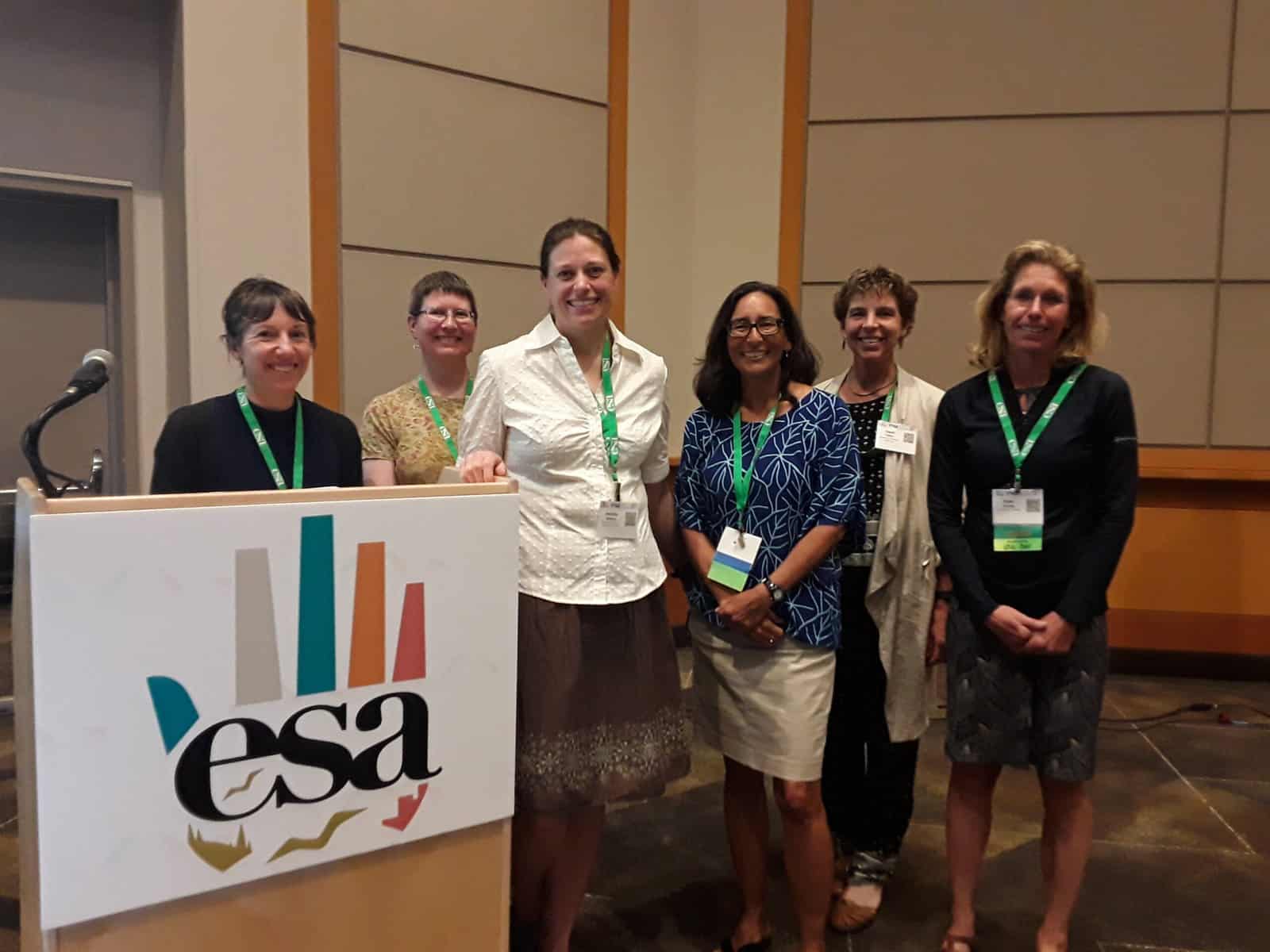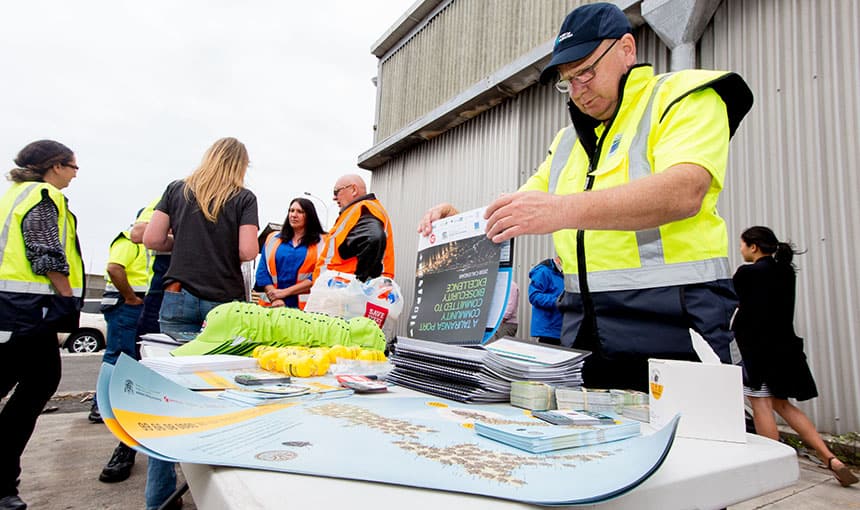Neoliberal Knowledge Production in Aotearoa New Zealand: Confronting Kauri Dieback and Myrtle Rust
The detection of kauri dieback and myrtle rust pathogens in Aotearoa|New Zealand prompted the government to fund research and engagement into what has been constructed…















